Abalone, a prized delicacy in global cuisine, is revered for its tender texture and briny, buttery flavor. However, cooking this marine mollusk to perfection requires precision, patience, and an understanding of its unique biology. One of the most common questions among home cooks and professional chefs alike is: How long should abalone be cooked? This article delves into the science, techniques, and cultural practices surrounding abalone preparation, offering a detailed roadmap to achieving restaurant-quality results in your kitchen.
Understanding Abalone: More Than Just a Seafood Delicacy
Before diving into cooking times, it’s essential to grasp the basics of abalone anatomy and culinary properties. Abalone belongs to the Haliotidae family, comprising over 100 species found in coastal waters worldwide. Their muscular foot, which adheres to rocks, is the edible portion, prized for its chewy yet tender meat when cooked correctly. The meat’s density varies by species, age, and habitat, influencing cooking times significantly.
Fresh abalone is often sold live, while frozen or canned options are available in regions where live procurement is challenging. The method of preservation—fresh, frozen, or canned—directly impacts cooking duration. For instance, canned abalone, often pre-cooked and tenderized, requires minimal heating, whereas live abalone demands meticulous preparation to avoid toughness.
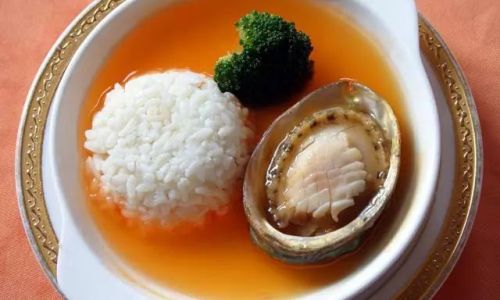
Factors Influencing Cooking Time
Cooking abalone is not a one-size-fits-all process. Several variables dictate the optimal duration:
- Size and Thickness: Larger abalone (e.g., 8–12 cm in shell length) require longer cooking than smaller varieties. Thicker slices also extend cooking time.
- Freshness: Fresh abalone cooks faster than frozen, as thawing introduces additional moisture that may alter texture.
- Cooking Method: Boiling, steaming, grilling, and pan-searing each demand different timelines.
- Desired Texture: Some dishes call for a firm, chewy texture (e.g., sashimi), while others prefer tenderness (e.g., stews).
Cooking Methods and Recommended Times
Boiling Abalone
Boiling is a straightforward method, ideal for tenderizing tough meat. However, overcooking risks turning abalone rubbery.
-
Fresh Abalone:
- Small (5–7 cm): 3–5 minutes in gently simmering water.
- Medium (8–10 cm): 5–8 minutes.
- Large (11+ cm): 8–12 minutes.
- Pro Tip: Add aromatics like ginger, garlic, or kombu to the water for enhanced flavor.
-
Frozen Abalone:
Thaw completely before boiling. Add 2–3 minutes to fresh cooking times.
-
Canned Abalone:
Pre-cooked; heat for 1–2 minutes in simmering broth to warm through.
Steaming
Steaming preserves moisture and delicate flavors, making it ideal for abalone dishes like abalone with black bean sauce.
-
Fresh Abalone:
- Whole: 10–15 minutes over medium heat.
- Sliced (0.5 cm thick): 5–7 minutes.
-
Frozen: Add 3–5 minutes.
Grilling or Pan-Searing
High-heat methods like grilling or pan-searing create a caramelized crust while keeping the interior tender.
-
Sliced Abalone (0.3–0.5 cm thick):
- Grill: 1–2 minutes per side over high heat.
- Pan-Sear: 1 minute per side in a hot skillet with oil.
-
Thicker Cuts: Increase time by 1–2 minutes per side, but avoid overcooking.
Braising or Stewing
Slow-cooking methods like braising transform tough abalone into melt-in-the-mouth tenderness.
-
Fresh Abalone:

Simmer in broth, wine, or soy-based sauce for 1.5–2.5 hours on low heat.
-
Tougher Cuts: Extend to 3 hours for maximum tenderness.
Preparing Abalone Before Cooking
Proper preparation is as critical as cooking time. Here’s a step-by-step guide:
-
Cleaning:
- Remove abalone from the shell using a spoon (for live specimens).
- Scrub the foot to eliminate debris and the dark, inedible frill.
-
Tenderizing:
- Pound the meat lightly with a meat mallet or the back of a knife to break down muscle fibers.
- Marinate in a mixture of sake, mirin, or citrus juice for 30–60 minutes to further tenderize.
-
Slicing:
- Cut against the grain into 0.3–0.5 cm slices for quick-cooking methods.
- Leave whole for braising or grilling.
Common Mistakes to Avoid
-
Overcooking:
Abalone turns rubbery if cooked beyond the recommended time. Use a timer and check texture frequently.
-
Undercooking:
Raw abalone is tough and inedible. Ensure thorough cooking, especially for thicker cuts.
-
Skipping Tenderizing:
Neglecting to pound or marinate results in chewy meat.
-
Using High Heat for Whole Abalone:
Boiling or steaming whole abalone on high heat tightens the meat. Opt for gentle simmering.
Testing for Doneness
- Visual Cue: Cooked abalone turns opaque white, with no translucent areas.
- Texture Test: Insert a knife or skewer; it should glide through easily without resistance.
- Taste Test: Sample a small piece—it should be tender, not chewy or mushy.
Cultural Perspectives on Cooking Abalone
Abalone’s culinary significance spans continents, with regional variations in preparation:
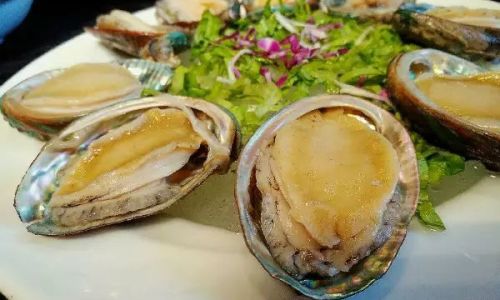
-
Asia:
- In Chinese cuisine, abalone is often braised for hours in a rich broth with soy sauce, oyster sauce, and dried scallops.
- Japanese chefs serve awabi (abalone) sashimi, requiring minimal cooking—blanching for 10–20 seconds to enhance texture.
-
Australia:
Indigenous communities traditionally roast abalone over open fires, cooking until the meat releases from the shell (5–7 minutes).
-
Mediterranean:
Grilled abalone with olive oil, garlic, and herbs is a coastal favorite, cooked 2–3 minutes per side.
Advanced Techniques for Gourmet Results
-
Sous-Vide Abalone:
Vacuum-seal sliced abalone with butter, herbs, and lemon. Cook at 60°C (140°F) for 45–60 minutes for ultra-tender meat.
-
Ceviche-Style Preparation:
Marinate raw abalone in citrus juice (lime or yuzu) for 10–15 minutes to “cook” it acidically. Serve chilled with avocado and chili.
-
Smoking:
Cold-smoke abalone for 30–45 minutes, then sear briefly for a smoky, caramelized crust.
Pairing Suggestions
- Wine: Crisp white wines like Chardonnay or Sauvignon Blanc complement abalone’s brininess.
- Sauces: Brown butter, beurre blanc, or chili-garlic sauce elevate simple preparations.
- Sides: Roasted vegetables, jasmine rice, or sautéed greens balance the dish’s richness.
Storage and Reheating
- Refrigeration: Cooked abalone lasts 3–4 days in an airtight container.
- Freezing: Freeze cooked slices for up to 2 months; thaw in the refrigerator before reheating.
- Reheating: Gently warm in a saucepan with broth or butter to prevent drying out. Avoid microwaving, which can toughen the meat.
Conclusion: The Alchemy of Time and Technique
Cooking abalone is a delicate balance between science and art. While timing provides a framework, intuition honed through practice is equally vital. Whether you prefer the simplicity of grilled abalone with a squeeze of lemon or the complexity of a braised masterpiece, understanding the interplay between heat, time, and texture will elevate your culinary creations. Experiment with methods, adjust to your taste, and soon, you’ll master the elusive perfection of this oceanic treasure.
Final Word: Remember, abalone rewards patience. Rushing the process risks disappointment, but with care, every bite becomes a celebration of the sea’s bounty.
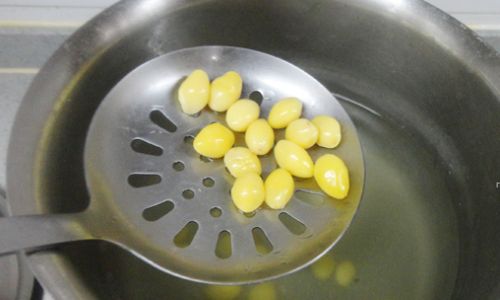
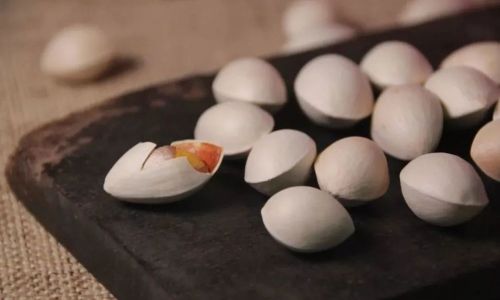
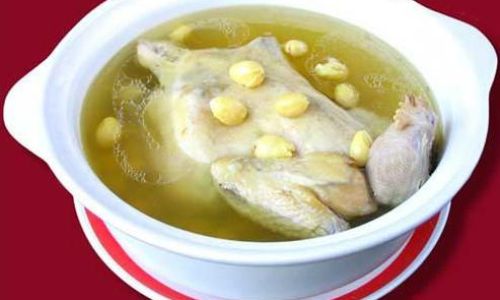
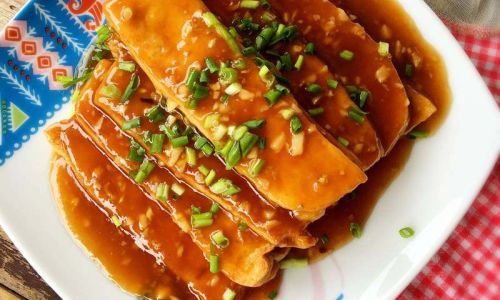

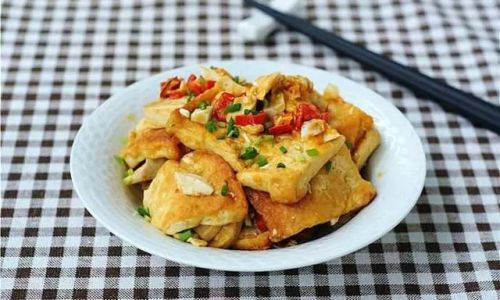
0 comments